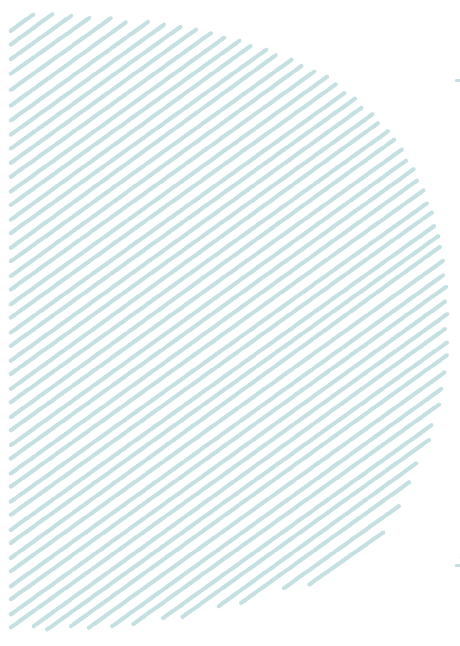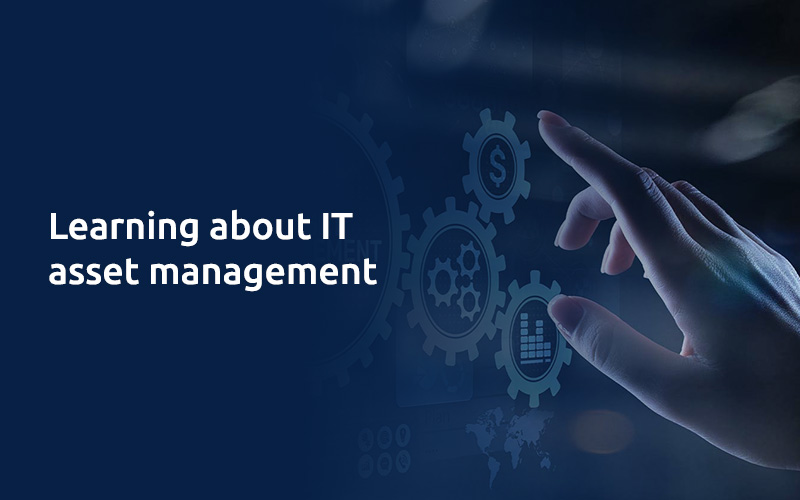
Learning about IT asset management
It’s funny how, once you’re officially in an IT department, everyone assumes you know everything from resetting a printer to spooling up a complex cloud dev instance. And, as time passes, it becomes increasingly difficult to admit to being unfamiliar with certain aspects of technology.
Take, for example, IT asset management (ITAM). Yes, we’ve all heard of software. We all understand what a laptop or tablet computer is. But what does it take to successfully manage an enterprise’s usage and expenditure in what can be a significant cost?
The fundamentals of what makes ITAM run smoothly:
All IT assets, including computing, network management, and related equipment, as well as software licenses, entitlements, and subscriptions, are managed in this category. Too many organizations have a large number of IT assets that are widely distributed and are frequently not fully inventoried or documented. And therein lays the issue.
Download Now: how you can unlock your organization’s digital potential
What are some of the most common asset management blunders and challenges?
This could imply paying for software or memberships that are no longer in use, or paying for more licenses or membership seats than are required. This quickly adds up. Gartner estimates a waste of $152 billion in expenditure and $33 billion in SaaS usage fees. How much does your company add to those figures each year?
Problem 2: The big gamble
The inability to purchase or acquire licenses or subscriptions required to legally use specific software or services is the other side of overspending. This seemingly insignificant activity can result in financial penalties.
Problem 3: There is far too much completely unnecessary work.
When an audit occurs, IT, finance, and other staff are diverted from their normal tasks and responsibilities, causing overall output to suffer.
ServiceNow ITAM (IT Asset Management):
ServiceNow IT Asset Management (ITAM) automates the full IT lifecycle on a single platform.
Assets have a finite lifespan, and an organization can maximize their value through ITAM and proactive management. Planning, procurement, deployment, maintenance, retirement, and disposal are common lifecycle phases.
Types of IT Asset Management:
Software: This type of ITAM is a little more complicated than the others because it involves compliance requirements, licensing, shadow IT, and IoT. Software assets must be continuously monitored and reviewed, and they must be adaptable enough to meet requirements, meet demands, and adapt to a changing market.
Hardware: Physical hardware is also important in an organization’s IT ecosystem. PCs, printers, copiers, laptops, mobile devices, servers, and any other hardware used for data management within the company are examples of physical assets.
Cloud: ITAM monitors the cost and utilization of cloud resources such as software as a service (SaaS), infrastructure as a service (IaaS), and platform as a service (PaaS) (PaaS). Within ITAM, each of these are considered assets that must be managed for cost and compliance.
IT Asset Management Best Practices:
- Begin with executive support.
- Form a team to pilot the project.
- Identify critical assets.
- Determine cloud resources
- Determine methods for data discovery and integration.
- Make use of a lifecycle-based approach.
- To avoid over-deployment, be proactive in your tracking efforts and track continuously.
- Determine whether or not to use a CMDB.
- Attempt to automate as much as possible.
- Integrate and make data available to all IT departments.
- Understand your software licenses.
- Collect feedback for continuous improvement.
- Collaborate with other teams on feedback.
Why is ITAM needed for my organization?
Following are the reasons organizations must go for ServiceNow ITAM (IT Asset Management):
Cost Effectiveness:
Optimizing spending on software, infrastructural facilities, and platform services is one of the most important cost-cutting strategies. When organizations use best practices to optimize software licenses and asset use, they can save up to 30% on their spending.
Reliance on Spreadsheets:
Companies still use spreadsheets to track their assets, but there’s a good chance that your spreadsheets aren’t always accurate. Spreadsheets also create data silos, making it difficult for all authorized users to access the most up-to-date information.
Pace of Change:
Assets are constantly in motion, and manual tracking can become daunting. Managing issues such as theft, replacement and retirement of IT assets, new shipments, and so on can create a chaotic IT environment that necessitates greater attention to detail.
Scare of Shadow IT:
Shadow IT refers to the purchase and use of applications, licenses, and other IT assets without the knowledge of the IT team. Centralized ITAM software keeps IT informed and prevents waste, risk, and noncompliance. Shadow IT is a reality that nearly all modern businesses must deal with; how you manage it will determine the level of control you retain to reduce risks and spend.
Looking to dive deeper in IT Asset Management? Get in touch with the DxSherpa team at [email protected]
